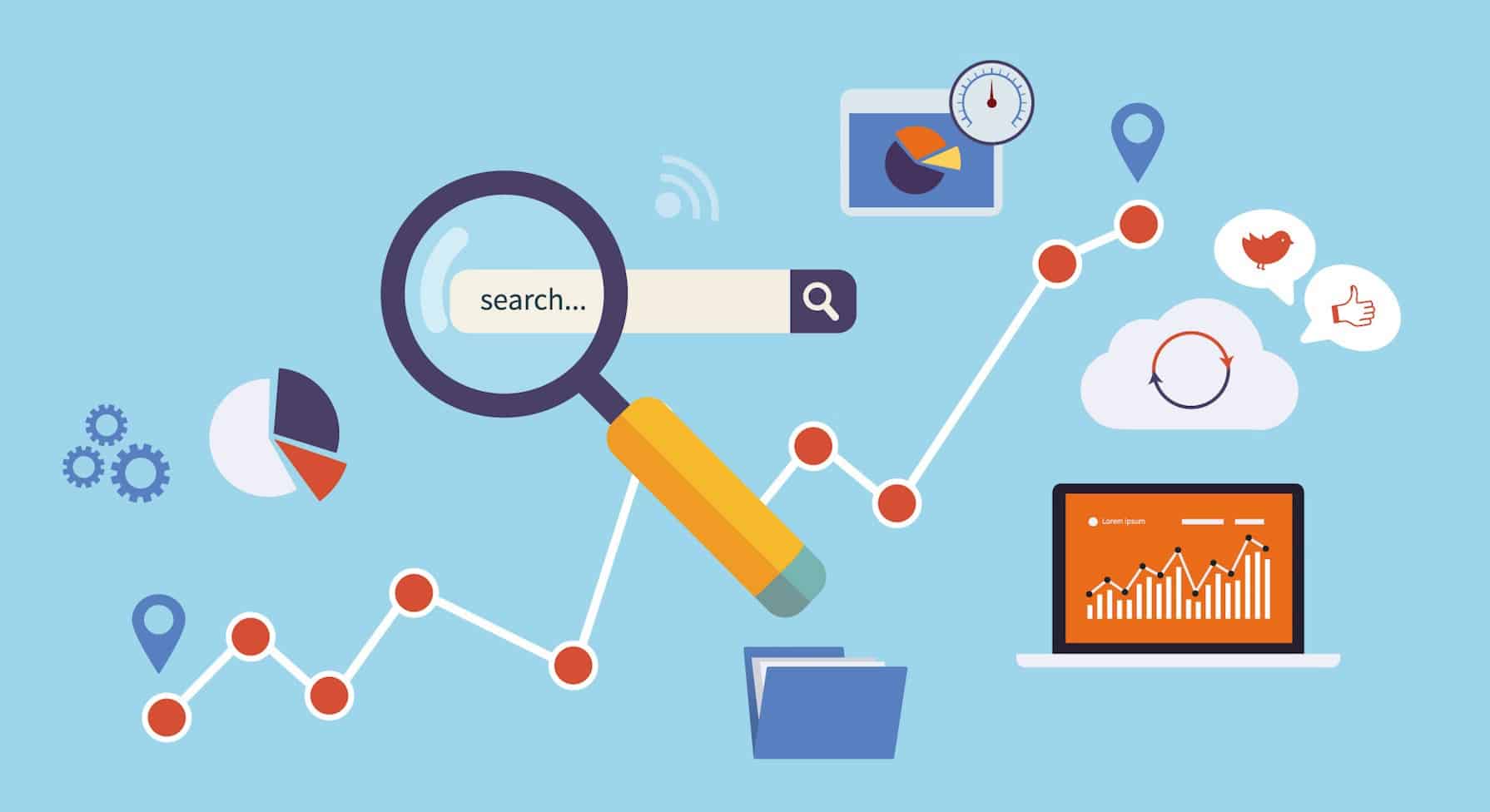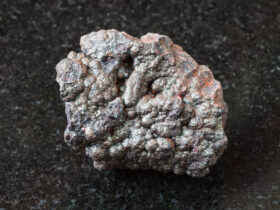How much do you know about plasma surface treatment? Whether you know it or not, plasma surface cleaning and activation are integral to many items you use daily. Below, we explain everything you need to know, from what it is to what people use it for.
What’s Atmospheric Plasma Surface Treatment?
First, we’ll start with the basics. The most common form of plasma surface treatment is atmospheric, which increases the wettability and cleans a surface through the introduction of plasma.
If you’re unfamiliar with plasma, it’s the fourth state of matter and is a gas ionized with the introduction of electrons. When introduced to a surface, plasma interacts and causes a molecular reaction with the surface that fundamentally changes its characteristics and makes it more wettable.
Plasma Surface Activation and Cleaning
People use plasma surface treatment for two reasons: increasing surface wettability (activating the surface) and cleaning a surface. Plasma surface activation takes place before the application of a coating, addition of an adhesive, or printing on a surface with low wettability like plastic or polymer.
Along with activating the surface to help it bond to a coating better, the plasma treatment also cleans the surface for stronger adhesion to its coating. As the treatment activates the surface, it removes surface oxidation and clears leftover contaminants. This creates a clean surface ideal for bonding and adhesion.
What’s Low-Pressure Plasma Surface Treatment?
There are two plasma surface activation methods: atmospheric and low-pressure plasma treatments. We’ve already discussed atmospheric plasma treatment, but what about low-pressure treatment? Low-pressure plasma treatment is mostly the same—introducing plasma to a surface. But it all occurs within a vacuum chamber.
Basically, the parts or materials undergoing the treatment go in a vacuum chamber where the low-pressure plasma system pumps the air out and replaces it with gas at a controlled pressure. The gas becomes ionized with electrons to activate the material surface. The next step is the replacement of this gas with a new gas that again goes through activation. The process repeats until surface cleaning and activation are complete. Low-pressure treatment can treat the entire part instead of just one surface at a time.
What is it Used For?
The last thing you need to know about these treatments is what people use them for. As we’ve mentioned, plasma surface activation and cleaning is for materials with low wettability, such as plastics, composites, engineering polymers, and sometimes glass or metals.
Plasma surface cleaning and activation is especially useful in manufacturing industries, as it ensures a stronger, more reliable bond between plastics and polymers and makes lighter materials that typically have low wettability much more useful. A few examples of industries that employ plasma surface treatment in manufacturing include:
- Aerospace
- Automotive
- Medical devices
- Consumer electronics
- And more
You may not be familiar with it, but there’s no doubt you’ve handled or used equipment or items that have undergone plasma surface activation.













Leave a Reply